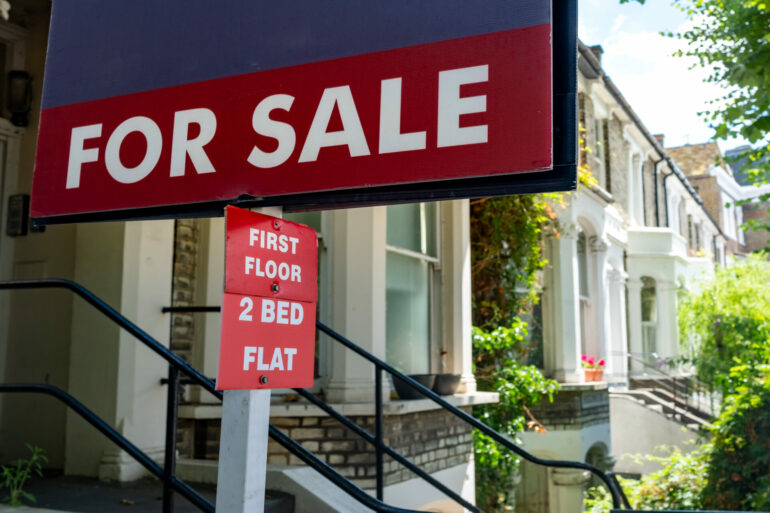The better-than-expected inflation data for June has brought about a palpable sense of optimism in the mortgage marketplace following a brutal couple of months during which the spike in mortgage rates, to levels not seen since the financial crash, laid waste to housing affordability.
There has been a modest reprieve in mortgage rates, with the average rates on two and five-year fixed rate deals ticking lower by 0.03% to 6.79% and 6.31% respectively, and the number of residential mortgage products available increasing by 179 to 4,495 in the space of 24 hours.
The decrease is modest, amounting to savings of around £3 a month based on a 75% loan-to-value fixed rate mortgage with a 30-year loan term on a £300,000 home. But it is a sign that mortgage rates are heading in the right direction.
The expectation of lower-than-feared interest rate hikes to tackle inflation is enough to drag down the cost of fixed-rate deals. This is because the metrics used to price fixed-rate deals gives lenders the green light to lower the cost of fixed-rate mortgages in anticipation of a future where borrowing costs will be reduced. The burning question is, how low will mortgage rates go and how fast will they fall?
But there is no such reprieve for the 2.2 million homeowners on variable rate mortgages, which are tied to the Bank of England’s base rate. They will continue to feel the full brunt of the expected increase in interest rates as part of the UK’s central bank’s efforts to drag inflation closer to its 2% target. They are likely to face higher costs for some time to come.
While the positive news on the mortgage front is welcome, the property market remains in a state of flux. If a significant fall in mortgage cost occurs, it could keep house prices elevated. Increased mortgage affordability could lead to a higher demand for homes, which can put upward pressure on house prices.
Myron Jobson is senior personal finance analyst at interactive investor




